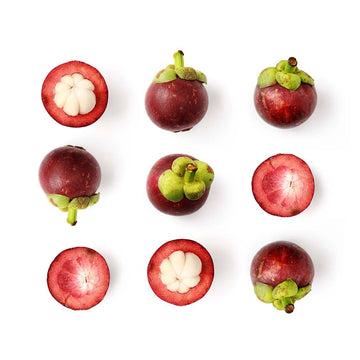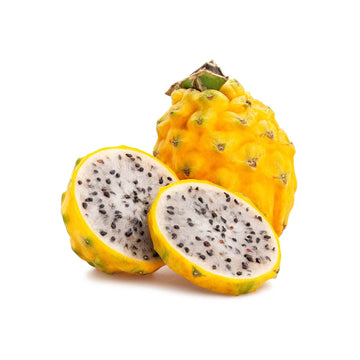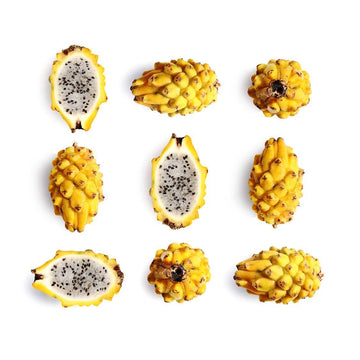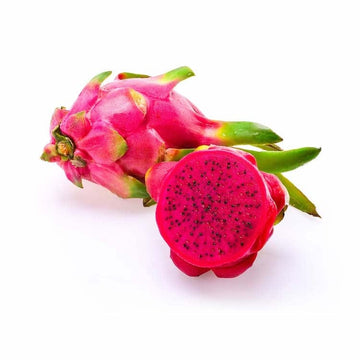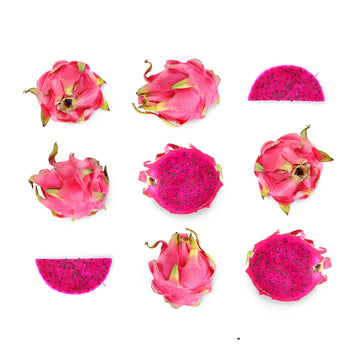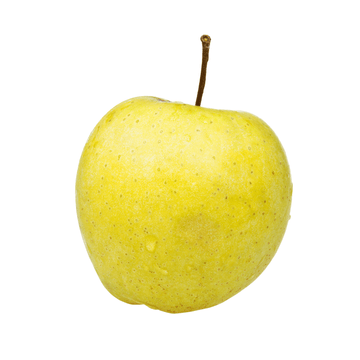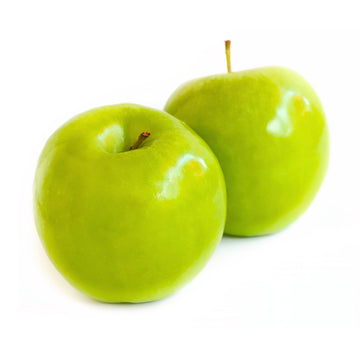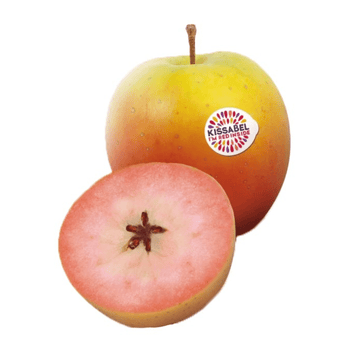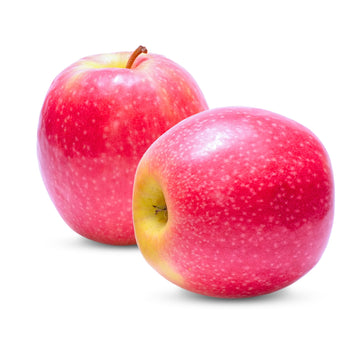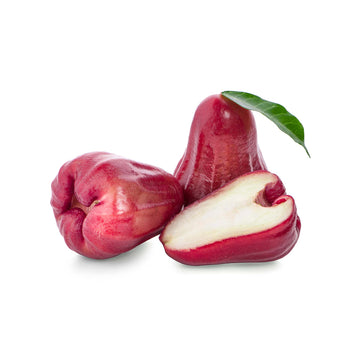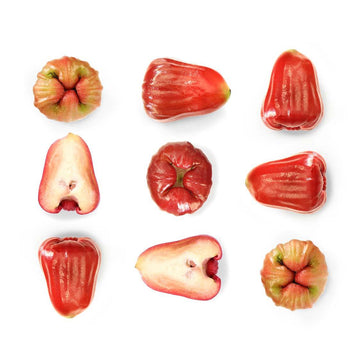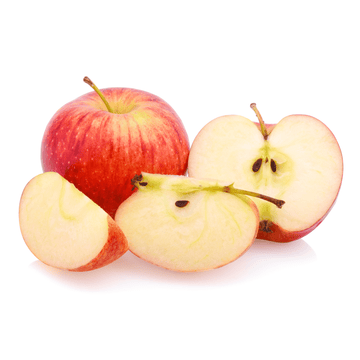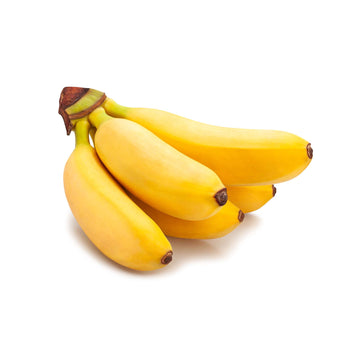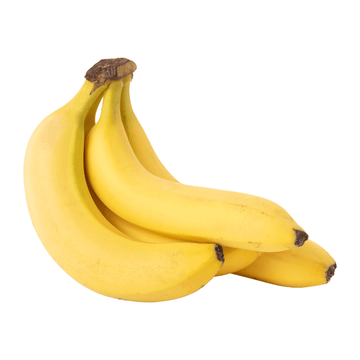Where Do Fruit Flies Come From? & How To Get Rid Of Fruit Flies
Fruit flies are a common nuisance in homes, kitchens, and gardens worldwide. These tiny insects seem to appear out of nowhere, buzzing around ripe fruit, hovering over sinks, or congregating near trash bins. Despite their small size, fruit flies can be incredibly persistent, making them a frustrating pest to deal with.
In this comprehensive guide, we'll explore what fruit flies are, where they come from, why they invade our spaces, how to effectively get rid of them, their fruit preferences, and some fascinating facts about these tiny creatures. By the end, you'll be equipped with the knowledge to keep your home fruit fly-free.
What Are Fruit Flies?
Fruit flies, scientifically known as Drosophila species (most commonly Drosophila melanogaster), are small insects belonging to the family Drosophilidae. Measuring about 3-4 millimeters in length, they have tan or brownish bodies, red or dark eyes, and translucent wings. Their small size and rapid reproduction make them a widespread pest in households, restaurants, and food processing facilities.
Fruit flies are often confused with other small flies, such as drain flies or gnats, but they have distinct characteristics. Unlike drain flies, which are fuzzier and typically found near drains, fruit flies are strongly attracted to fermenting or overripe organic matter. Their life cycle is remarkably short, typically lasting 8-15 days, depending on environmental conditions like temperature. A single female fruit fly can lay up to 500 eggs in her lifetime, which explains why infestations can escalate quickly.
Fruit flies are not harmful to humans in the sense of biting or transmitting diseases like mosquitoes, but they can contaminate food surfaces with bacteria they pick up from decaying matter. Understanding their biology is key to controlling them effectively.
Why Do We Get Fruit Flies, and Where Do They Come From?
Fruit flies seem to materialise out of thin air, but their sudden appearance is usually tied to specific environmental cues. Here’s a breakdown of why they show up and where they originate:
Sources of Fruit Flies
-
Brought in from Outside: Fruit flies often enter homes via produce purchased from grocery stores, farmers' markets, or gardens. Eggs or larvae may already be present on the skins of fruits or vegetables, especially if they’re overripe or damaged.
-
Attracted to Fermenting Matter: Fruit flies are drawn to the smell of fermenting or decaying organic material. This includes overripe fruit, vegetables, spilled juices, alcohol, vinegar, or even damp mops and sponges. Once they detect these odors, they can enter through open windows, doors, or tiny gaps in screens.
-
Breeding in Hidden Spots: Fruit flies don’t need much to start breeding. A small amount of residue in a trash can, a forgotten piece of fruit, or a sticky spill in a pantry can become a breeding ground. Their eggs are tiny (about 0.5 mm) and often go unnoticed until the population explodes.
-
Seasonal Factors: Fruit fly infestations are more common in warmer months, particularly late summer and early fall, when fruits ripen and temperatures are ideal for their reproduction (around 77-86°F or 25-30°C).
Why They Thrive
Fruit flies are opportunistic and thrive in environments where food and moisture are abundant. Kitchens are prime targets because they offer a buffet of fermenting smells from ripening produce, compost bins, or dirty dishes. Poor sanitation, such as leaving food scraps out or neglecting to clean drains, further encourages their presence. Even well-maintained homes can see infestations if a single overripe banana is left on the counter for too long.
How to Get Rid of Fruit Flies
Eliminating a fruit fly infestation requires a two-pronged approach: removing their breeding sources and trapping or killing the adults. Here are proven strategies to reclaim your space:
1. Eliminate Breeding Sites
-
Clean Thoroughly: Inspect your kitchen for any overripe or rotting produce and dispose of it immediately. Check hidden areas like under appliances, in pantries, or behind bins for forgotten food scraps.
-
Secure Food Storage: Store fruits and vegetables in the refrigerator or sealed containers rather than on countertops. This reduces access to potential breeding sites.
-
Clean Drains and Garbage Disposals: Fruit flies often lay eggs in the organic buildup inside drains. Pour boiling water or a mixture of vinegar and baking soda down drains to clear residue. Use a drain brush to scrub away any remaining gunk.
-
Take Out the Trash: Empty bins frequently and clean them to remove sticky residues. Use tightly sealed lids to prevent fruit flies from accessing waste.
-
Check Compost Bins: If you compost, ensure your bin is sealed and emptied regularly. Outdoor compost piles should be kept away from entry points to your home.
2. Trap and Kill Adult Fruit Flies
Trapping is an effective way to reduce the adult fruit fly population while you work on eliminating breeding sites. Here are some DIY traps and commercial options:
-
Apple Cider Vinegar Trap:
-
Fill a small bowl or jar with apple cider vinegar (about 1/4 cup).
-
Add a drop of dish soap to break the surface tension.
-
Cover the container with plastic wrap, secure it with a rubber band, and poke small holes in the top.
-
Place the trap near infested areas. Fruit flies will be attracted to the vinegar, enter through the holes, and drown.
-
Fruit Trap:
-
Place a piece of overripe fruit (like a banana slice) in a jar.
-
Create a paper funnel by rolling a sheet of paper into a cone with a small opening at the bottom, and place it in the jar’s mouth.
-
Fruit flies will enter through the funnel but struggle to escape.
-
Wine or Beer Trap:
-
Leave a small amount of red wine or beer in a bottle with a narrow neck.
-
The fermenting liquid will attract flies, and many will drown or become trapped inside.
-
Commercial Traps: Products like sticky traps or electric zappers designed for fruit flies can be effective, especially for larger infestations.
3. Prevent Future Infestations
-
Maintain Cleanliness: Regularly clean countertops, sinks, and appliances to remove food residues. Wipe down surfaces with a vinegar solution to deter flies.
-
Use Screens: Install or repair window and door screens to prevent fruit flies from entering from outside.
-
Freeze Compost Waste: If you compost, freeze fruit and vegetable scraps before adding them to your bin to kill any eggs or larvae.
4. Natural Repellents
Certain scents can deter fruit flies. Place basil, mint, or lavender plants near fruit bowls or entry points, as these herbs are less appealing to fruit flies. Essential oils like lemongrass or eucalyptus can also be used in diffusers to create an inhospitable environment.
5. Professional Help
For severe or persistent infestations, consider consulting a pest control professional. They can identify hidden breeding sites and use targeted treatments to eliminate the problem.
Do Fruit Flies Prefer Particular Fruits?
Fruit flies are not picky eaters, but they are particularly drawn to fruits and vegetables that are overripe, fermenting, or decaying. The fermentation process produces ethanol and other compounds that fruit flies find irresistible. Here are some fruits they’re especially attracted to:
-
Bananas: Overripe bananas are a fruit fly magnet due to their high sugar content and strong fermentation odors as they ripen.
-
Apples: Soft or bruised apples release fermenting juices that attract fruit flies.
-
Peaches and Nectarines: These stone fruits, when overripe, are prime targets due to their juicy flesh and sweet aroma.
-
Grapes: Their thin skins and high sugar content make grapes a favourite, especially if they’re starting to ferment.
-
Tomatoes: Often mistaken for vegetables, tomatoes are a fruit fly favourite when overripe or damaged.
-
Mangoes and Other Tropical Fruits: These fruits ferment quickly in warm conditions, making them highly attractive.
While fruit flies will feed on a wide range of produce, they’re less interested in fruits with thick skins (like oranges or unpeeled pineapples) unless the skin is broken. They’re also attracted to non-fruit items like fermented beverages (wine, beer, cider), vinegar, and even damp, mouldy surfaces.
Interesting Facts About Fruit Flies
Fruit flies are more than just a kitchen nuisance—they’re fascinating creatures with unique traits and significant scientific importance. Here are some intriguing facts:
-
Model Organisms in Science: Drosophila melanogaster is a favorite in genetic research due to its short life cycle, simple genome, and ease of breeding. Studies on fruit flies have led to breakthroughs in understanding genetics, development, and diseases like cancer and Alzheimer’s.
-
Keen Sense of Smell: Fruit flies can detect fermenting odors from several kilometers away, thanks to their highly sensitive olfactory system. This explains why they seem to “find” your kitchen so quickly.
-
Rapid Reproduction: A single mating pair can produce hundreds of offspring in just a few days, making early intervention critical to controlling infestations.
-
Alcohol Tolerance: Fruit flies are surprisingly tolerant of alcohol, as their natural diet includes fermenting fruits. Some studies suggest they can metabolize ethanol better than many other insects.
-
Global Distribution: Fruit flies are found on every continent except Antarctica, thriving in diverse environments from tropical jungles to urban kitchens.
-
Short Lifespan, Big Impact: While an individual fruit fly lives only about two weeks, their rapid reproduction and adaptability make them a persistent pest if not managed properly.
Conclusion
Fruit flies may be small, but their ability to invade homes and multiply rapidly makes them a formidable foe. By understanding what they are, why they appear, and how to eliminate them, you can take control of your space and prevent future infestations. The key is diligence: remove their food sources, trap the adults, and maintain a clean environment to keep them at bay. Their preference for fermenting fruits like bananas, apples, and peaches makes kitchens a hotspot, but with proactive measures, you can minimize their presence.
Beyond their role as pests, fruit flies are remarkable creatures with a significant place in scientific research and natural ecosystems. Whether you’re battling a swarm in your kitchen or simply curious about these tiny insects, the strategies outlined here—cleaning, trapping, and prevention—will help you maintain a fruit fly-free home. So, the next time you spot a cloud of tiny flies hovering over your fruit bowl, act quickly with these tips, and you’ll soon reclaim your space from these persistent invaders.


